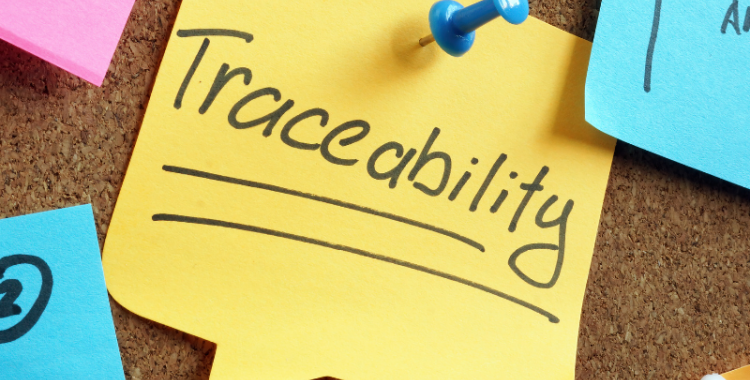Traceability: knowing where the materials in your product came from. In the minerals sector, establishing traceability up to the mine site has been the major focus of industry for over a decade. Of course, mapping the business’ supply chain – establishing traceability – is a key early step in delivering on business’ responsibility to respect human rights and the environment in the supply chain. Traceability is also required by global normative frameworks, industry standards, and regulations. Yes, traceability matters – to a degree.
Tracking and Traceability are defined as follows:
- Tracking is following the material down the supply chain from origin to end-user. It documents real time movements. Purpose: a.) Prevent theft or laundering of material into a supply chain, and b.) Support traceability by the downstream users and their auditors.
- Tracing is following the material or its owners/handlers up the supply chain from end user to origin. Tracing is done using documentary evidence only. Purpose: Map the historical movement of material, from origin to user, by revealing each prior tier of the supply chain.
Reflecting on our own observations with 20 years of experience working on responsible trade in the minerals sector, and an increasing number of conversations we’ve been having with businesses, governments and civil society, we think it’s time to acknowledge some realities in the minerals value chain related to the traceability conundrum and the real purpose of responsible sourcing:
- We will never have perfect traceability through the entire value chain of a mineral. This just isn’t feasible given the sheer number of actors, scale of supply chain opacity, and constant changes in the actors and geographies active in the minerals value chain. With the production of and access to minerals increasingly an issue of national security – just think of all the “critical minerals” strategies and regulations governments are developing – the trend is only going further in the direction of opacity in the name of competitiveness and national security.
- Most (not all!) businesses that invest anything at all in responsible sourcing allocate the majority of their resources to traceability and auditing the supply chain – with very limited going to risk mitigation. If those traceability efforts and audits identify risks, it remains common practice in our sector to just derisk – meaning the business removes that supplier from its supply chain. This doesn’t really solve the problem, nor is it considered as a first means to mitigate the risk. In recent conversations with a range of actors in the minerals sector, we’ve heard a blunt summing up of the implications of this approach: “We’re not really mitigating risks in our sector. But without effective risk mitigation – why are we doing any of this at all?”
- It’s time to put traceability in its place: it’s a means to an end, not an endless goal unto itself. As one downstream business recently shared with us, “We’ve realised we’ll never achieve perfect traceability in our minerals value chain. We still invest resources in traceability, but we already know what our really severe human rights risks are, and where they sit in our supply chain. That’s where the work needs to be done and where we need to prioritise expending our resources to mitigate those risks. So we’ve been trying to pivot: continuing traceability efforts but to a reasonable degree – so that we understand our supply chain sufficiently – and shifting our resources toward focusing on actual risk mitigation that goes beyond audit and beyond derisking.” This business is still in early days of this, but this approach has already been tested for years in other sectors, such as apparel – and we see it bearing some positive results.
In addition to calling for a traceability pivot, we want to put one provocative question out to our sector: should tracking products and the traceability of information in the minerals value chain be a common good? Too many businesses are spending all of their sustainability resources on traceability, at the expense of actual risk mitigation. How much further in our efforts would we get if we made traceability information available to all businesses through a joint not-for-profit model? Would transitioning to a model where traceability is a common good hinder, or aid, transparency and product stewardship? Would traceability as a common good free up businesses to focus on risk mitigation – or at least remove the excuse that the business can’t proceed to risk mitigation because it hasn’t established full traceability?
We welcome engaging with others in our sector on this conversation. Share your thoughts with us on LinkedIn or via email at hello[at]levinsources.com.



